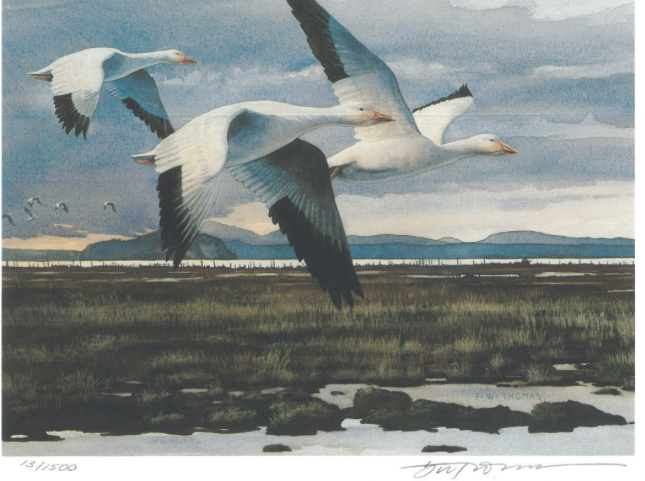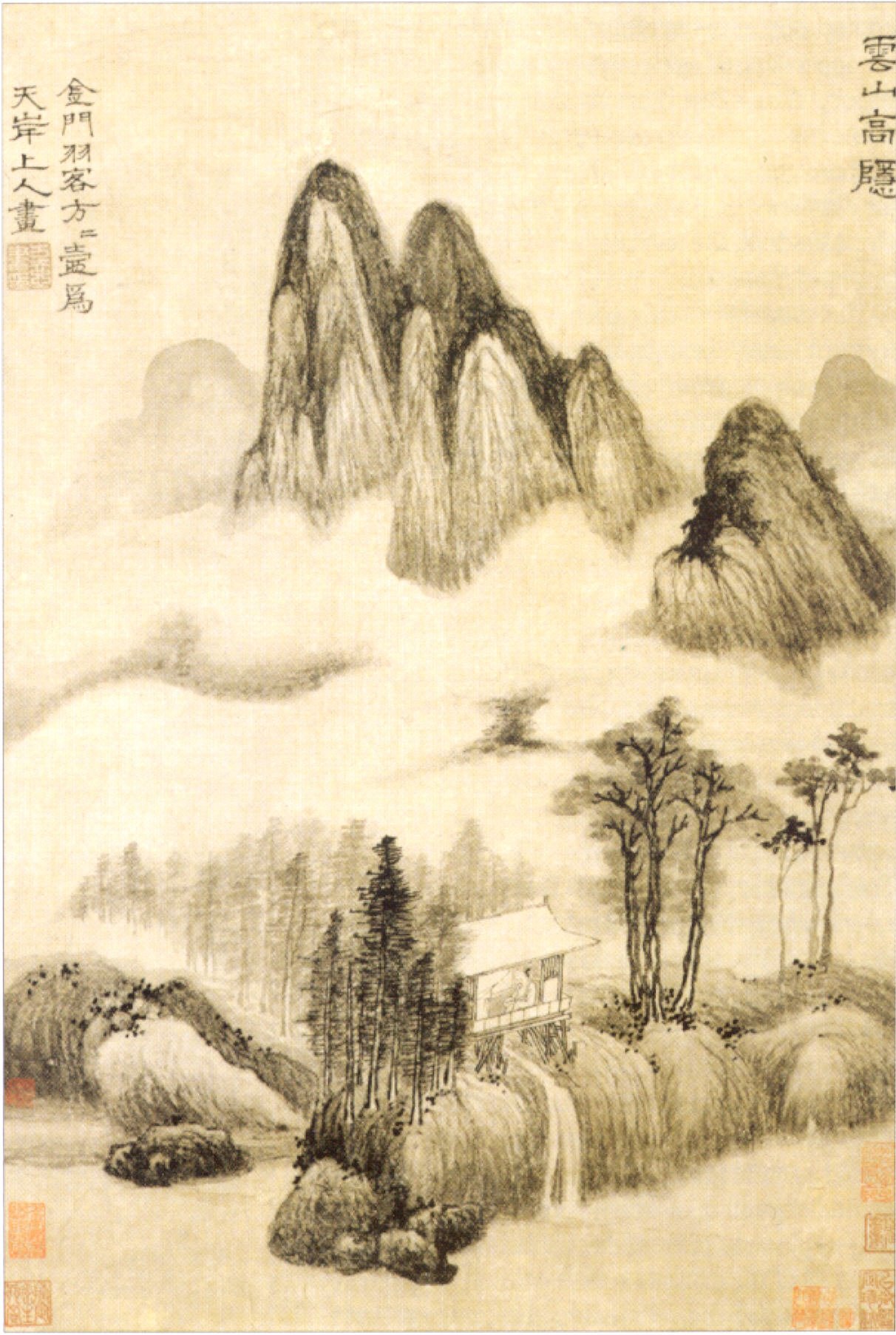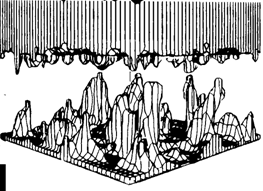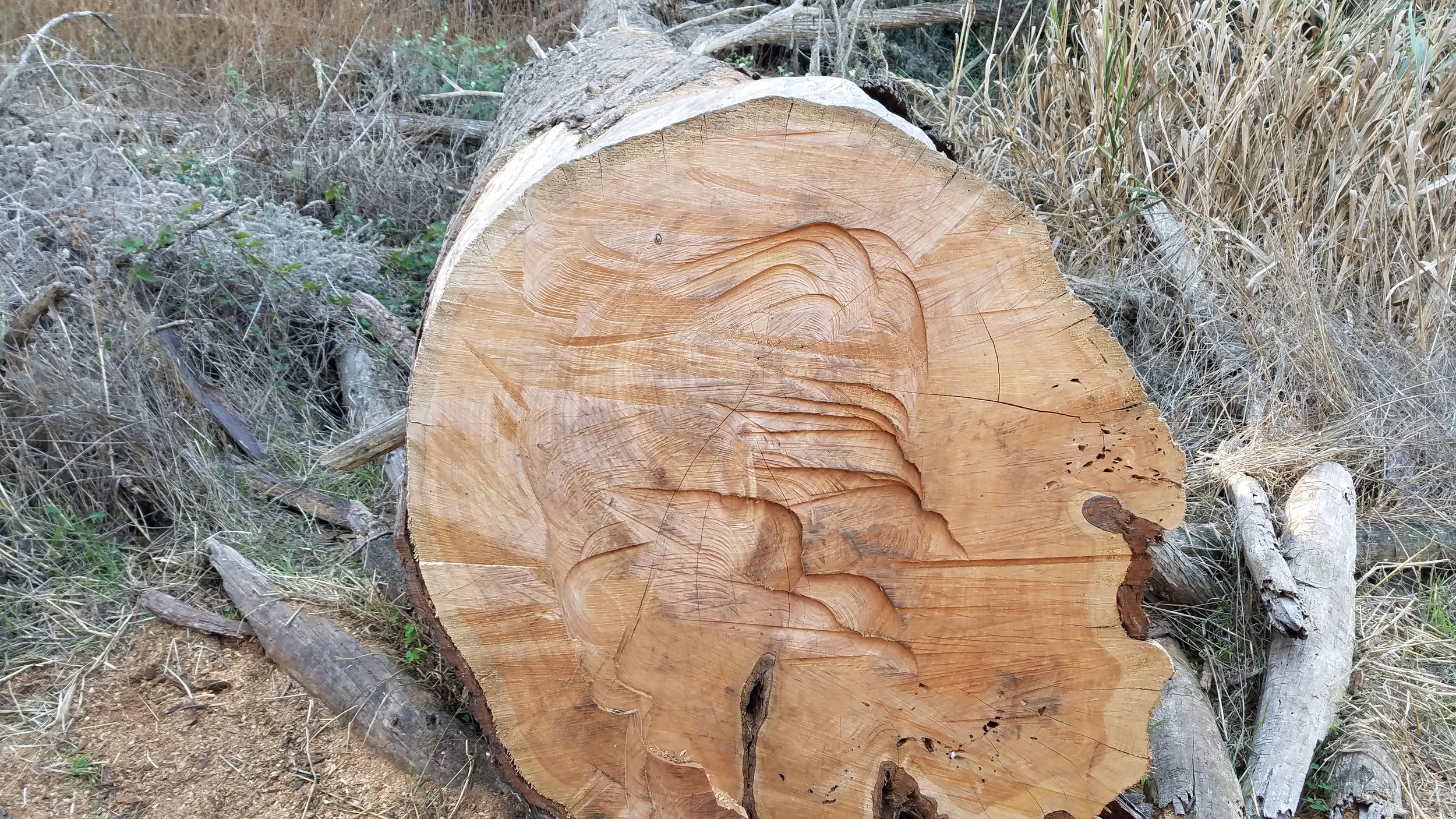I read with great interest an article in the Skagit Valley Herald that the Economic Development Alliance of Skagit County (EDASC) and Skagit Audubon Society (where I'll be speaking about clouds on February 13) are teaming up to draw as much attention to the wintering flocks of snow geese, swans, eagles as to the county's fields of tulips in springtime.
The Economic Development Alliance is trying to make the most of the downtime in the tourism season--mid-January through the end of February to boost the local economy. Biirders and tulip-gazers all need to eat, warm up, shop, fuel up, and sleep somewhere, right?
Truly, Skagit County is a fabulous place for birdwatching. And cloud watching. My experience of this million-acre county is mostly from the car en route to and from Bellingham. At freeway speeds, the birds are just dots in the fields in the broad, fertile floodplain of the Skagit River. Oh but the sky and the clouds! This is Big Sky Country and you get horizon-to-horizon views in several directions at once, with the clouds appearing in many forms at once between the Cascades to the east and the San Juan Islands to the west. When the clouds are just right (as they often are in Skagit County), the sunsets are less about looking west than about looking in all directions to see the dazzling, luminous glory surrounding you.
So if you're heading to Skagit County for the birds (and you certainly should) make sure you look at what's behind and above the birds. You don't even need binoculars or a spotting scope to enjoy the clouds.
Thought the Economic Development Alliance of Skagit County hasn't gotten the cloud bug yet or realized the potential of the clouds to lure droves of birdwatchers and tulip gazers to this beautiful part of Washington, I'll be singing the clouds' praises on February 13 at 7 p.m. at the Skagit Audubon Society when I'll be doing a program on my book, A Sideways Look at Clouds.
The program is free and open to the public. 7:00 Social; 7:30 Program. Padilla Bay Interpretive Center, 10441 Bayview-Edison Road, Mt. Vernon, Washington.
Meanwhile, please check out the Birds of Winter programs in Skagit County. There's one this weekend (January 27-28) in La Conner. You can enjoy programs by fellow Mountaineers Book author and award-winning photographer Paul Bannick and biologist Martha Jordan of the Northwest Swan Conservation Association.
And always take a moment to look up at the clouds!












![IMAG2382[1].jpg](https://images.squarespace-cdn.com/content/v1/520a51d0e4b0f89d3274989e/1515097073338-U5HKN7EBW5WFKR73KSS4/IMAG2382%5B1%5D.jpg)